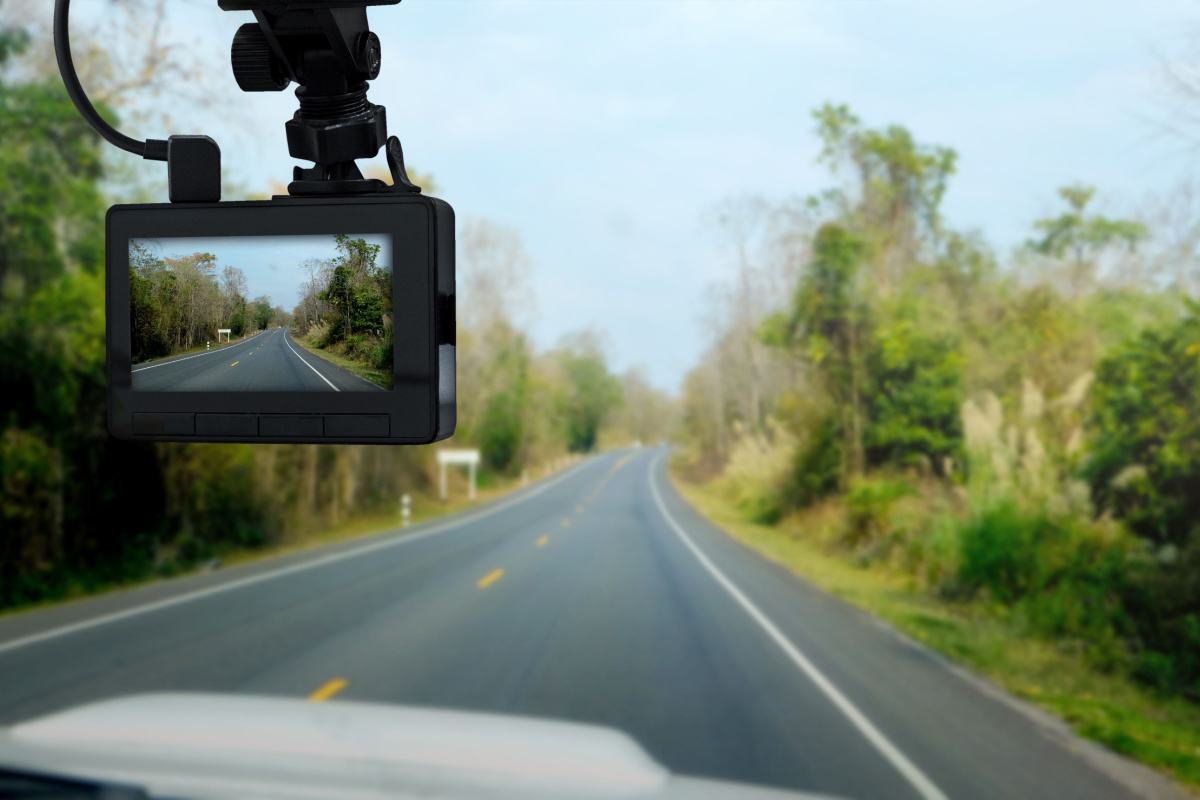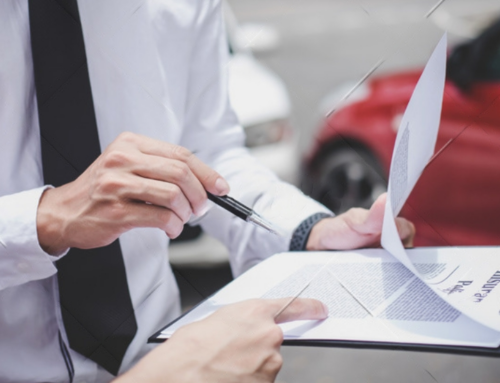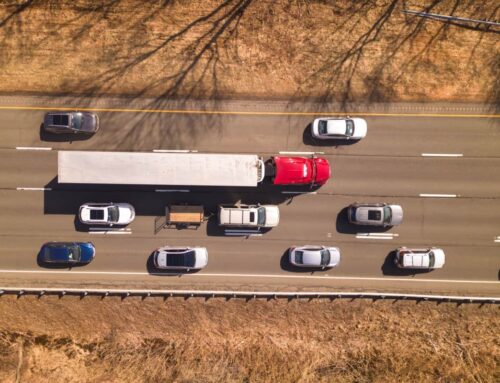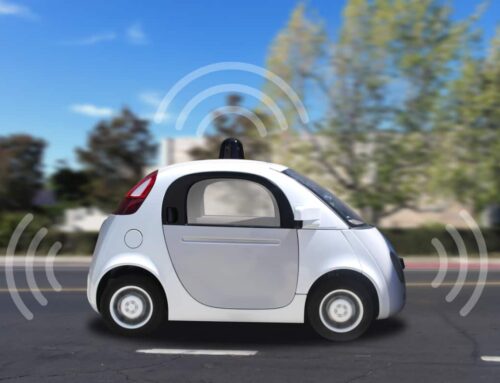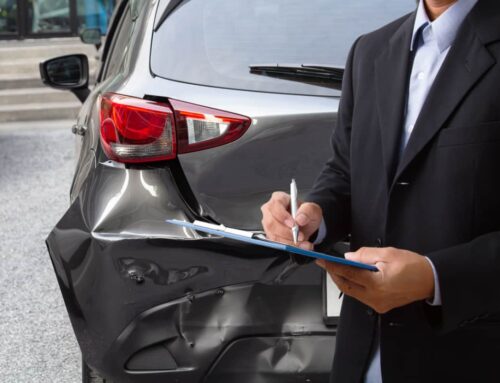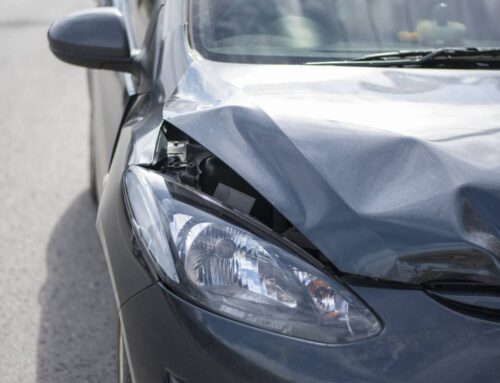Chris Olave, a wide receiver for the New Orleans Saints, was recently detained in Kenner, Louisiana, on charges of reckless vehicle operation. The incident, captured on dashcam, shows Olave being stopped for driving at 70 mph in a zone with a 35 mph limit. When confronted by the police, Olave mentioned his affiliation with the Saints, but this did not influence the officer’s response.
The released video features a brief exchange where Olave states, “I play for the Saints, man,” to which the officer simply replies, “And?” This incident casts Olave in a negative light, especially considering his alleged dangerous driving behavior, such as speeding and erratic lane changes.
In-car cameras, often known as dash cams, have become increasingly popular in Louisiana, allowing drivers to record their journeys. These devices are especially useful in the event of accidents, where they provide a visual and audio record of what happened. Louisiana law permits using these cameras, recognizing their value in capturing real-time evidence.
However, it’s important to understand the legal aspects surrounding their use. In Louisiana, recording in public places is generally permissible, but it’s crucial to consider privacy laws when these devices capture audio inside the vehicle. These legal nuances play a significant role in how in-car camera footage is treated, especially when it’s presented as evidence in personal injury cases. Understanding these aspects helps in appreciating the growing relevance of dash cams in today’s driving environment.
Navigating Privacy Concerns: Legal Considerations of In-Car Footage in Louisiana
In Louisiana, the use of in-car cameras raises questions about privacy. While these devices are legal and helpful for recording driving incidents, there are considerations to keep in mind. In public spaces, recording video is typically allowed, but capturing audio inside a vehicle can be more complex due to privacy laws. Louisiana is a “one-party consent” state, meaning at least one person involved in a conversation must be aware of the recording. Therefore, if a driver records conversations in their own car, it’s generally permissible.
It’s important for drivers using dash cams to be aware of these nuances. Transparency with passengers about the presence of a recording device is a good practice. These privacy considerations shape how in-car camera footage is used and viewed, particularly in legal situations where the footage may be presented. Being informed about these aspects ensures responsible and lawful use of in-car cameras.
From Crash to Courtroom: The Journey of In-Car Camera Footage in Personal Injury Claims
In-car camera footage can be a pivotal element in personal injury claims, often serving as a key piece of evidence from the crash to the courtroom. When an accident occurs, this footage provides a clear, unbiased record of the events, capturing details possibly missed or forgotten. This can include the drivers’ behavior, road conditions, and the incident’s immediate aftermath.
Once an accident claim is filed, the journey of this footage from being just a recording to a vital piece of evidence in a courtroom is quite structured. Lawyers and investigators may analyze the footage to understand the accident’s dynamics. It is carefully reviewed to ensure its authenticity and relevance to the case. In the courtroom, the footage can help judges and juries visualize the accident, providing a clearer understanding of what transpired. The transition of dash cam footage from a simple recording to a significant legal document exemplifies its growing importance in personal injury cases.
Authenticating Footage: Ensuring Your In-Car Camera Evidence is Admissible
Ensuring the admissibility of in-car camera footage in a personal injury case involves a process known as authentication. This process is vital to establish the footage is genuine and has not been altered or tampered with. Legal professionals often examine the metadata of the footage, which includes details like the date, time, and location of the recording. This information helps in verifying the accuracy of the footage.
Additionally, the continuity of the footage is important. It must show a clear and uninterrupted sequence of events leading up to and during the incident. If there are gaps or edits, the footage might be questioned for its integrity.
In some instances, witnesses who were present during the recording may be asked to testify, confirming the authenticity of the footage. Through these steps, the footage can be validated as a trustworthy source of evidence, suitable for use in a legal setting. This authentication process plays a critical role in ensuring in-car camera evidence is taken seriously in the courtroom.
Insurance Companies and In-Car Camera Footage: A Double-Edged Sword
In-car camera footage plays a complex role in interactions with insurance companies following a vehicle accident. On one hand, this footage can expedite the claim process by providing clear evidence of what occurred. It offers an unbiased view that can quickly clarify issues of fault and responsibility, potentially leading to a swifter resolution of claims.
However, this same footage can also work against the interests of the driver who recorded it. If the footage reveals any fault or questionable behavior on their part, it could be used by insurance companies to challenge claims or reduce settlements. Insurance adjusters scrutinize such footage closely, looking for any details might affect the claim.
The dual nature of in-car camera footage in insurance matters reflects its powerful impact as evidence. While it can greatly support a claim by showing a clear picture of the incident, it also demands cautious use, as it records all actions without bias, including those of the person who installed it.
Challenges in Using In-Car Camera Footage: Technical and Legal Hurdles
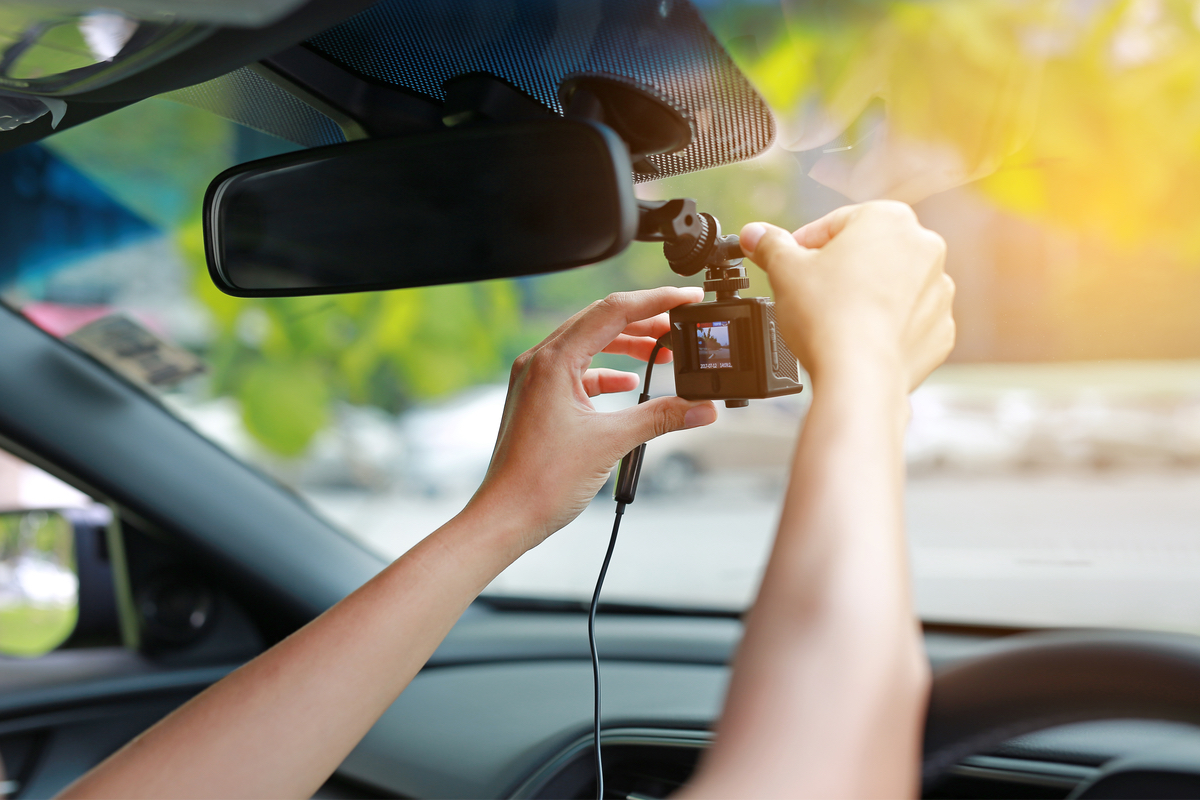
Using in-car camera footage in personal injury claims can present both technical and legal hurdles. Technically, the quality of the footage is paramount. Poor video resolution or issues with the camera’s angle can render crucial details unclear, making it difficult to use the footage effectively. Additionally, ensuring the camera is functioning correctly at all times is necessary to capture relevant events, which can be challenging in itself.
Legally, there are hurdles as well. Ensuring the footage complies with state laws, especially regarding privacy and consent for audio recording, is necessary. In Louisiana, for instance, the laws about recording conversations in a vehicle are specific and must be adhered to.
Furthermore, presenting the footage in a legal setting requires it to be authenticated, proving it hasn’t been altered or tampered with.
These challenges highlight the need for careful consideration when relying on in-car camera footage. While it’s a valuable tool, managing its technical and legal aspects is key for effective use in personal injury cases.
Our experienced team is ready to guide you through your options, ensuring your interests are adequately represented and your rights are protected. Don’t hesitate to reach out or call 504-526-2222 for a free consultation.



